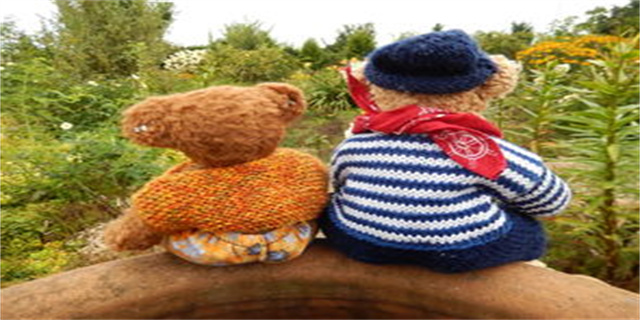Swineherds in Modern Times
Swineherds, also known as pig farmers, have been an essential part of agricultural communities for centuries. Their role has evolved significantly over time, especially in modern times. In this article, we will explore the changes in swineherding practices and the challenges the industry faces today.
From Traditional to Modern Swineherding
In traditional swineherding, pigs were kept in small numbers and raised outdoors on farms. The swineherd would provide them with food and water and oversee their health and breeding. Pigs were typically raised for their meat, and nothing went to waste as every part of the pig was used in some way.
In the mid-20th century, the swineherding industry began to change with the rise of commercial farming. The shift towards indoor confinement systems allowed for greater control over the pigs' environment and feeding schedule, resulting in faster growth rates and increased efficiency. However, these practices have come under scrutiny due to animal welfare concerns.
Challenges Facing Swineherds Today
One of the most significant challenges that swineherds face today is the outbreak of disease. Diseases like African Swine Fever have spread rapidly in recent years, resulting in the culling of millions of pigs. Swineherds must implement biosecurity measures to protect their herds from these diseases, but these measures can be expensive and time-consuming.
Another challenge facing the swineherding industry is the demand for sustainable and ethical practices. Consumers are increasingly concerned about the welfare of animals and the impact that farming has on the environment. Swineherds must adapt to these changing demands by implementing more sustainable and ethical practices, such as free-range farming and reducing the use of antibiotics.
The Future of Swineherding
The future of swineherding is uncertain, but it is clear that the industry must continue to evolve and adapt. One area of focus is on precision farming techniques, which use technology to track and monitor pig behavior and health. This data can help swineherds make more informed decisions about feeding, breeding, and medication, which can lead to increased efficiency and reduced waste.
Another area of focus is on alternative protein sources. As concerns grow over the environmental impact of meat production, many consumers are turning to plant-based protein sources. Swineherds may need to shift their focus to producing pork products that are made with plant-based ingredients or which incorporate alternative protein sources.
In conclusion, swineherding has gone through significant changes over the years, from traditional outdoor farming to modern, high-efficiency practices. However, the industry faces challenges today, including disease outbreaks and changing consumer demands. The swineherding industry must continue to adapt to these challenges to ensure its continued success and sustainability in the future.





